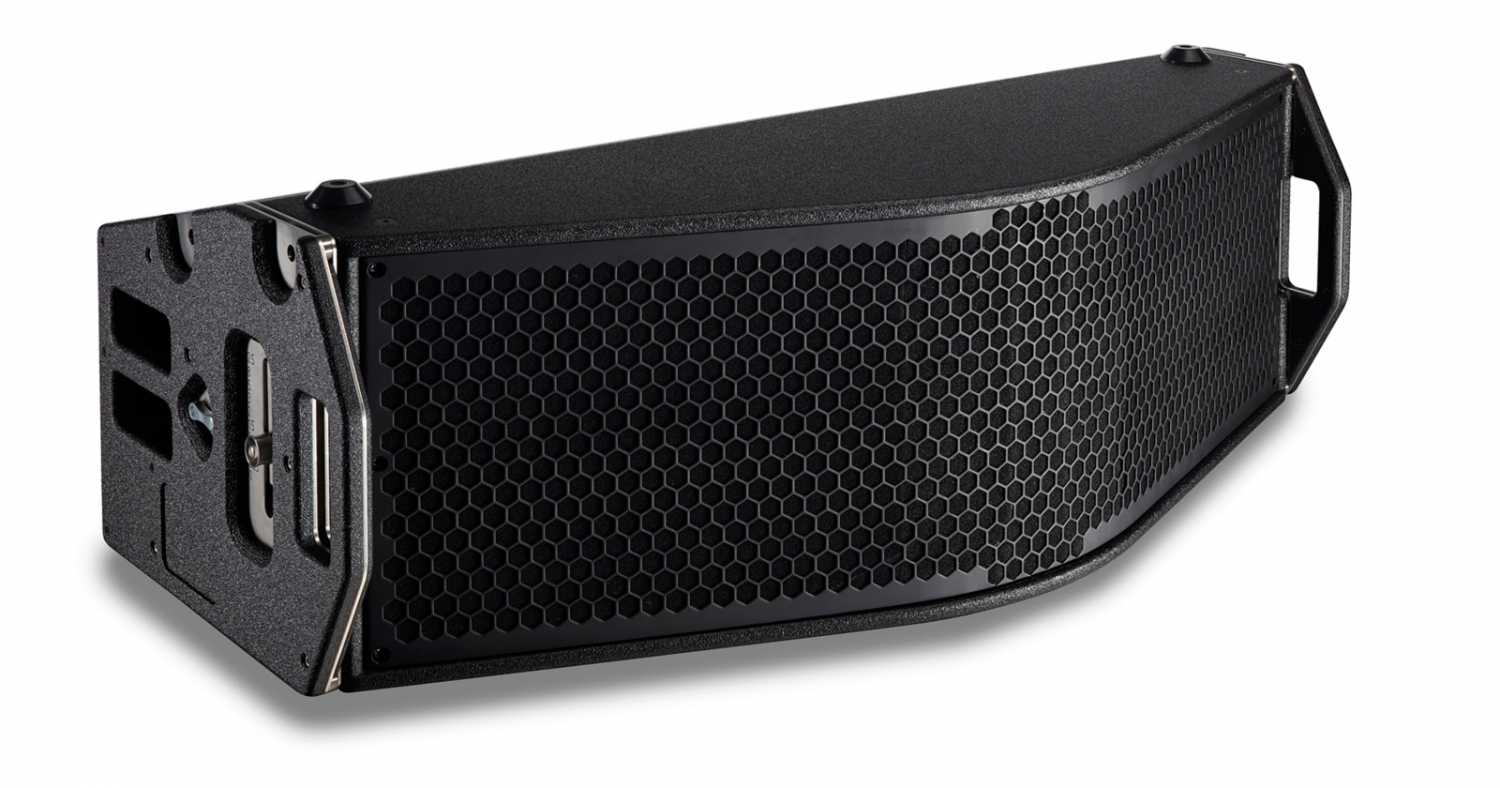Funktion-One launches Vero VX system
- Details

Funktion-One founder Tony Andrews says: “We’re delighted to introduce Vero VX to the world. Since Vero’s launch in 2016 we’ve had a lot of interest in a smaller system that offers the same performance characteristics and ease of deployment. Through significant engineering innovation, we’ve managed to achieve that objective.”
The Vero VX system comprises VX90 full-range vertical array elements, V124 or V221 bass enclosures, amp racks, fly bars, transport dollies, ground stack hardware, cabling and Projection predictive software.
The VX90 is a 3-way vertical array element with four new Funktion-One designed Neodymium drivers in a horizontally symmetric configuration: two reflex loaded, high efficiency 12” mid bass drivers; one Axhead loaded wide bandwidth 8” cone midrange driver; and a single 1” compression driver on a proprietary isophase diffraction waveguide. The VX90 measures 1120mm wide and 340mm high, its usable bandwidth is 50Hz to 20kHz and horizontal dispersion is 90°.
The patented Lambda rigging system results from 40 years of development and refinement of Funktion-One rear tension rigging methods. This enables cabinets to be transported and flown as straight columns, then tensioned into pre-set angles once the complete array is suspended.
The Lambda system’s optimised rotation axis ensures exact alignment at vertical angles between 0-12.5° for coherent summation. There is a choice of fixed or movable point flying beams. The movable point beam incorporates motorised adjustment, enabling the inclination and declination of the entire array to be remotely set while flown from a single motor.
Andrews adds, “While Vero VX has been in development for around three years, we were building from the technological breakthroughs we made with Vero and the Evolution Series. That said, applying our acoustic principles to this footprint was challenging. It has pushed us to the next level and we’re extremely pleased with the result.”
(Jim Evans)
















